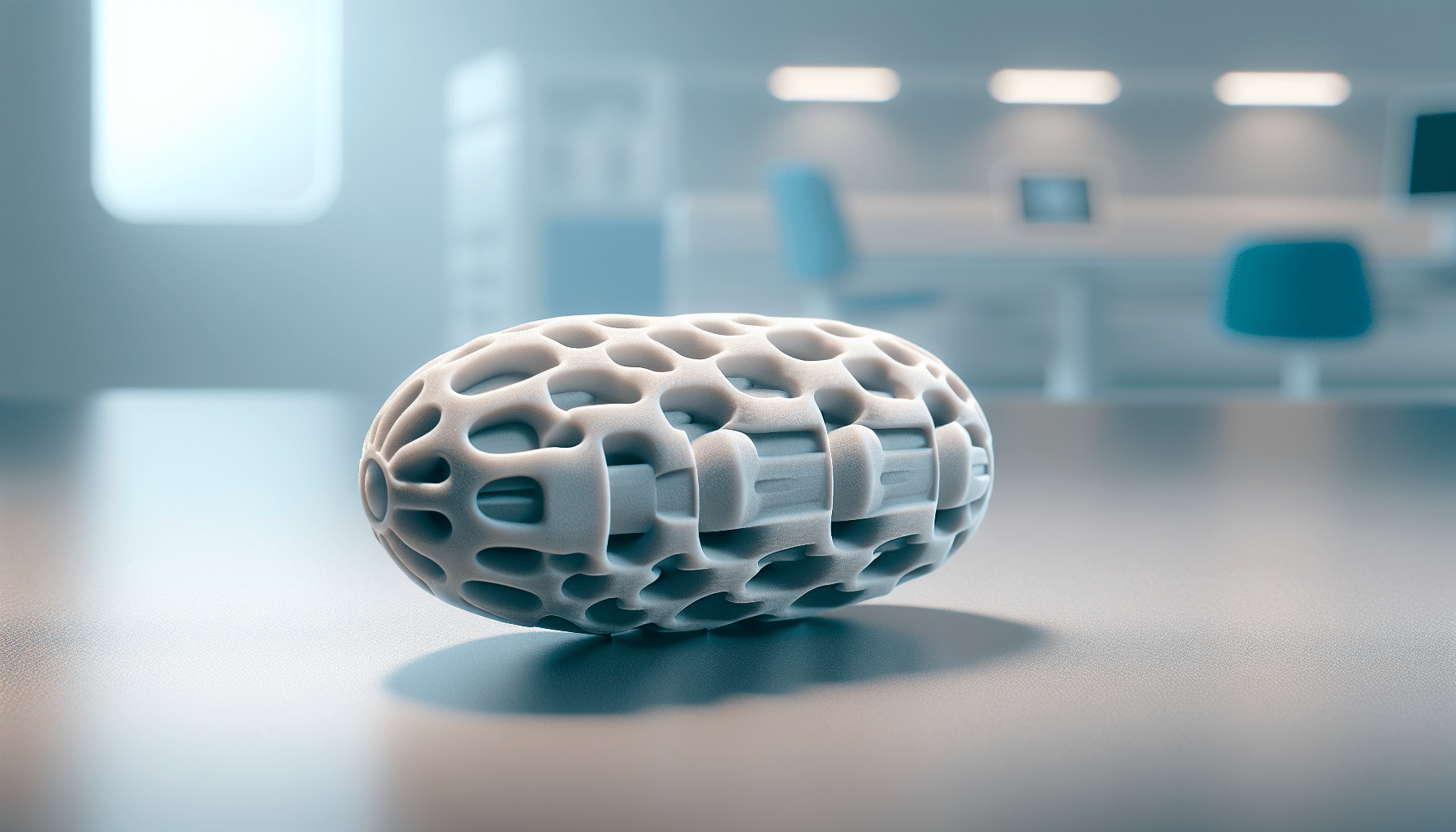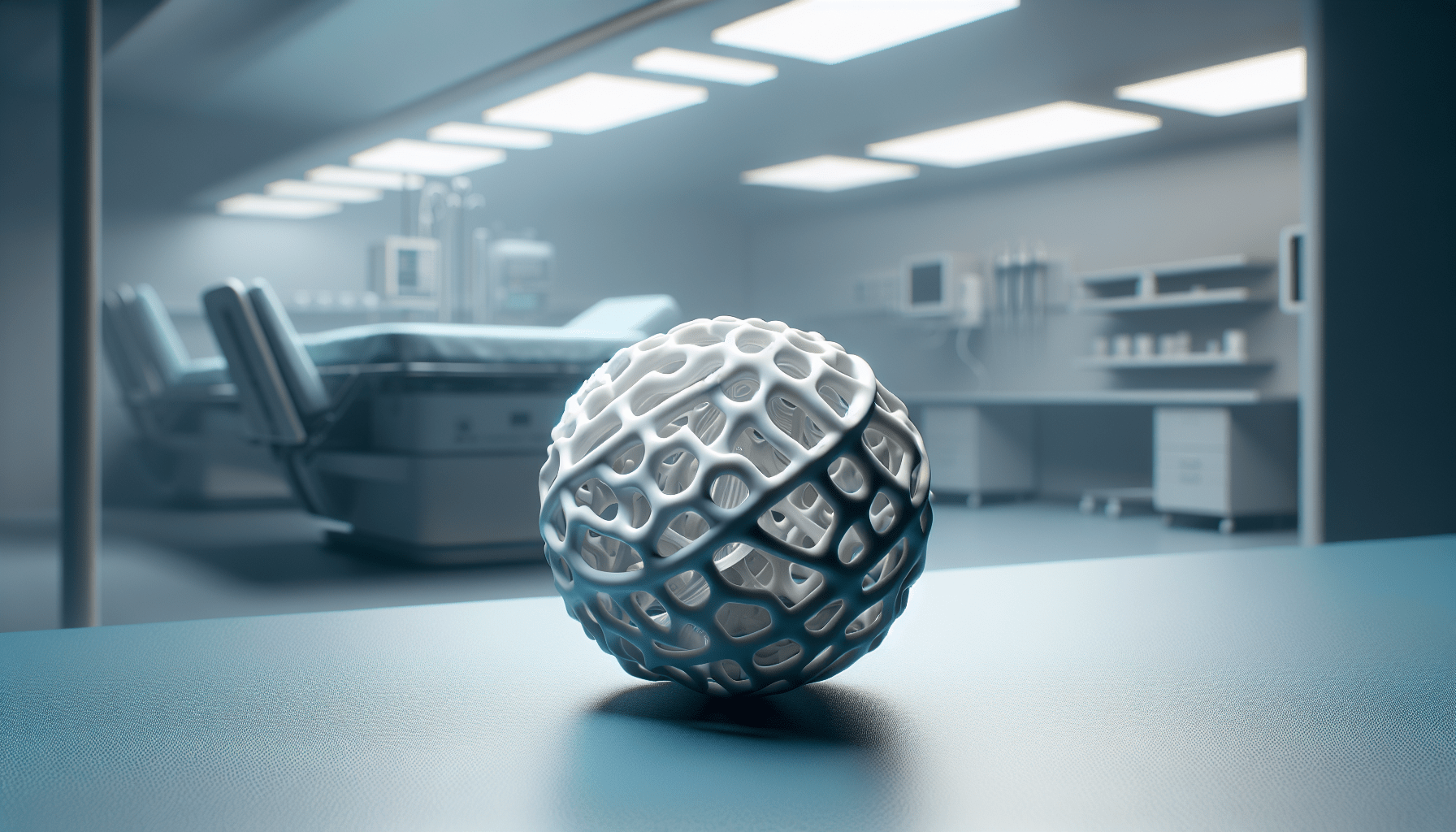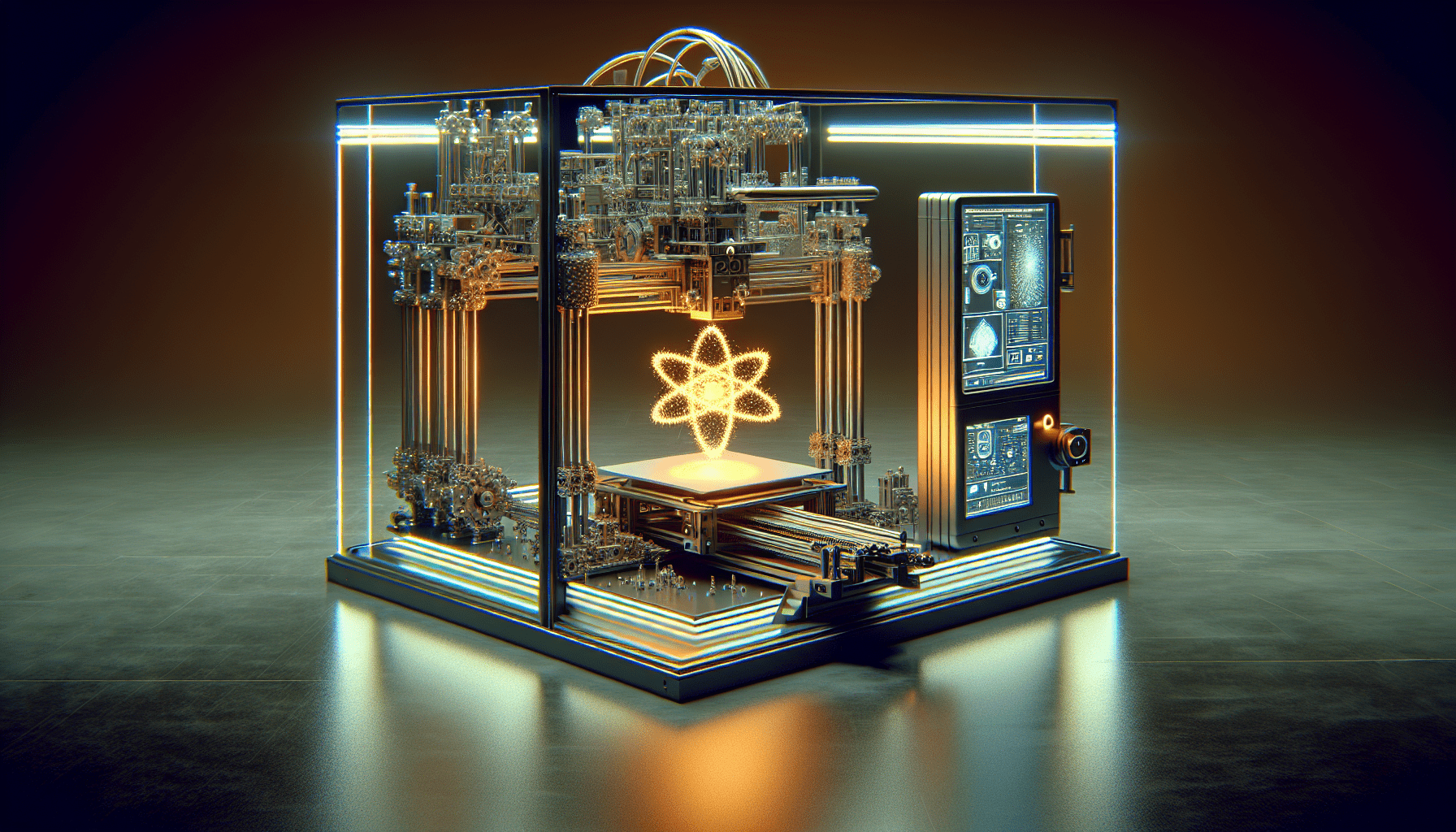Sovol SV06 Plus ACE 3D Printer Open Source, 500mm/s Max High Speed 3D Printers, Fully Auto Leveling, with Camera Upgraded Structure Planetary Dual Gear Direct Drive Large Volume 11.8x11.8x13.8 inch
$329.00 (as of June 21, 2025 23:57 GMT +00:00 - More infoProduct prices and availability are accurate as of the date/time indicated and are subject to change. Any price and availability information displayed on [relevant Amazon Site(s), as applicable] at the time of purchase will apply to the purchase of this product.)Have you ever wondered how advanced technology is reshaping cancer treatment for veterans? The story of the U.S. Department of Veterans Affairs (VA) and how they are using 3D printing technology to produce personalized radiotherapy boluses is nothing short of revolutionary.

$30 off $400+ Anycubic Products with code AC30OFF
What are Radiotherapy Boluses?
Radiotherapy boluses are materials used in radiation therapy to ensure that the prescribed dose of radiation is accurately delivered to the cancerous tissue. Traditionally, these boluses resemble sheets of paper and must be applied carefully to the patient’s skin to avoid air pockets that could disrupt the uniformity of the radiation dose. This process can often be time-consuming and prone to errors.
The Traditional Challenges
When using traditional boluses, medical providers face several hurdles. One primary challenge is ensuring that the bolus lays flat against the patient’s skin without any air bubbles. Achieving this uniform surface is critical for the effectiveness of the radiation therapy. However, the delicate nature of the application process can make it difficult to accomplish consistently, often leading to imperfections.
VA’s Innovative Approach with 3D Printing
The VA has taken a significant leap by employing 3D printing technology to create patient-specific radiotherapy boluses (RTBs). This initiative is spearheaded by the VA’s Office of Advanced Manufacturing (OAM), which collaborates with 3D Systems, a leading 3D printing company.
How It Works
The process begins with a patient’s CT scan, which is used to design a unique 3D printed RTB tailored to the patient’s anatomy and treatment needs. This precise customization ensures that the radiation targets the tumor effectively while sparing healthy tissue, greatly improving the quality of cancer care for veterans.
The Development Process
VA engineers and radiation oncology clinicians conducted extensive interviews and implemented a comprehensive five-phase development process. This involved subject matter experts from different VA locations, such as Richmond VA and Cleveland VA, who provided continuous feedback throughout the project. Their input was crucial in refining the design and functionality of the RTBs to meet the specific needs of veterans undergoing radiation therapy.
Success and Feedback
Since April 2023, the VA has produced 21 personalized boluses, showing promising results. Clinicians using these RTBs have reported significant improvements in the precision of radiation therapy, noting how well the bolus fits the patient’s external contour and matches the planned structure.
Here’s what some of the clinicians had to say:
- “The CT scan of the piece fit nicely to the patient’s external contour and it matched the planned structure almost perfectly,” said a radiotherapy clinician from VISN 6.
- “Everything worked out wonderfully. The bolus fit like a glove and the cleave location was spot on. The smoothing of the contour gave us a nice, finished product, and the bolus on the patient and under the mask looks great,” mentioned a clinician from VISN 20.

Buy Photon Mono M5 Get Free 1KG Resin
Expanding Access Through the PACT Act
The PACT Act has significantly expanded the VA’s radiation oncology services. With 41 radiation oncology sites across the VA, more than half are already providing veterans access to RTBs. Additional sites are expected to come onboard in the coming months, further enhancing the reach and impact of this groundbreaking technology.
Seamless Integration
One of the standout advantages of this initiative is that the RTBs are produced in-house at the VA, which means seamless integration with clinical services. As an FDA-registered medical device manufacturer, the VA manages this without the need for complex contracts or processes often associated with external vendors.
Sam Mentzer, Clinical Engineer at Puget Sound VA, highlighted this advantage: “We provide accountability and seamless integration with our clinicians without the need for complex contracts or processes that come with using outside vendors.”
Timely and Effective Treatment
Another major benefit of 3D printed RTBs is the quick turnaround time. From clinician request to delivery, an RTB can be produced in just a matter of days. This ensures that veterans receive timely and effective treatment without delay.
Reducing Treatment Time
By reducing the time veterans spend in the treatment chair, the overall experience of cancer treatment is improved. This is not just about comfort; it’s about optimizing the dose distribution, which is crucial for the effectiveness of the therapy.
Lorelei Gorr, Product Lead at OAM’s Seattle site, Puget Sound VA, summed it up well: “This project aligns with our commitment to offering the soonest and best care to those who have served the Nation.”
Future Outlook
The use of 3D printing technology for creating radiotherapy boluses is a part of a broader trend of personalized medicine. As technology continues to advance, it is expected to play an increasingly significant role in various aspects of healthcare.
Potential for Wider Adoption
The success of the VA’s initiative with 3D printed boluses signals the potential for wider adoption of this technology in cancer treatment. With the growing capabilities of 3D printing, there’s a possibility that more healthcare facilities will begin to adopt similar approaches, providing tailored treatment solutions for patients.
Continuous Improvement
The VA and its partners, like 3D Systems, are continuously looking for ways to improve this technology. This includes refining the design process, enhancing the quality and comfort of the boluses, and expanding access even further within the VA’s extensive network of medical facilities.
Conclusion
The story of how the VA is transforming cancer care for veterans through the use of 3D printed radiotherapy boluses is truly inspiring. By leveraging advanced technology and fostering close collaboration between engineers and clinicians, the VA is not only improving treatment precision but also enhancing the overall quality of care for veterans.
Through timely and effective treatment, personalized solutions, and a commitment to continuous improvement, the VA is setting a new standard in cancer care. So, the next time you think about the intersection of technology and healthcare, remember the pioneering efforts of the VA and how they are making a tangible difference in the lives of those who have served the nation.
Quick Facts:
| Aspect | Detail |
|---|---|
| Initiative | VA uses 3D printing for radiotherapy boluses |
| Departments Involved | VA’s Office of Advanced Manufacturing (OAM), Puget Sound VA, Richmond VA, Cleveland VA |
| Technology Partner | 3D Systems |
| First Implementation | April 2023 |
| Number of Sites | 41 radiation oncology sites, with more expected to come onboard |
| Benefits | Improved treatment precision, reduced application time, enhanced cancer care for veterans |
| Feedback from Clinicians | Positive results, fitting like a glove, excellent contour matching |
| Turnaround Time | A matter of days from clinician request to delivery |
| Key Legislation | PACT Act |
Key Quotes from Clinicians:
- “The CT scan of the piece fit nicely to the patient’s external contour and it matched the planned structure almost perfectly.”
- “The bolus fit like a glove and the cleave location was spot on. The smoothing of the contour gave us a nice, finished product.”
Future Prospects:
- Wider Adoption: Potential for other healthcare facilities to adopt 3D printed boluses
- Continuous Improvement: Ongoing enhancements to design, quality, and access within the VA’s network
In summary, the VA’s innovative use of 3D printing for radiotherapy boluses showcases the incredible potential of technology in providing personalized medical solutions, ultimately leading to better outcomes and improved healthcare experiences for veterans.
$30 off $400+ Anycubic Products with code AC30OFF








